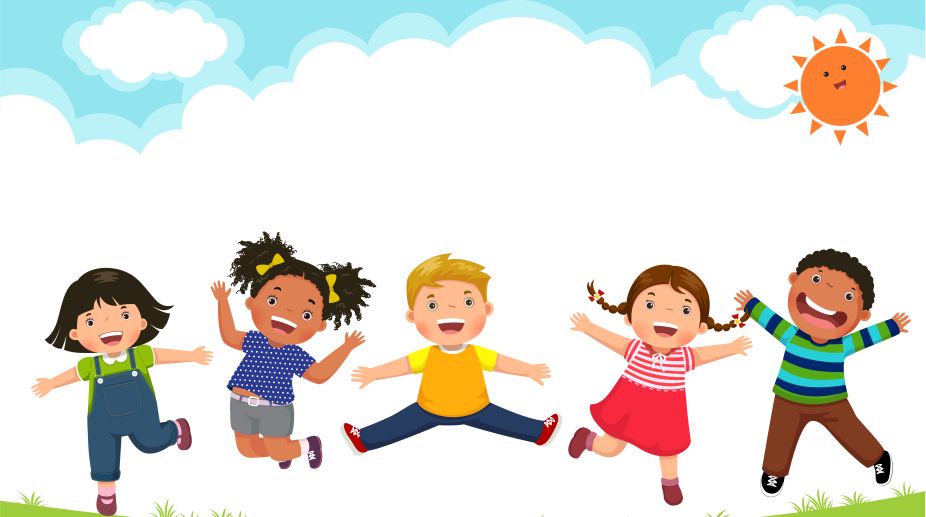Summer vacations have started in all schools and holiday plans are being executed in full swing. Summer holidays are the time for families to bond, meet near and dear ones and explore new things together.
However, while a fun outdoor trip to cooler climes or beaches is highly recommended, it can’t cover the entire break. So, once you are back, there is a big chunk of the summer holidays still left. What do you do during that time at home, and how do you keep your children occupied in creative and productive activities?
Advertisement
Vikas Sharma, AVP (Marketing), Eupheus Learning, has some tips — five of them to be precise.
Bring back the old-world charm
For parents who were born in the 80s and before, one would remember and even relate to this! There was a time when summer holidays did not mean watching endless hours of television, being busy on cell phones or indulging in mindless conversations. That time, it was about getting lost in a book, playing interactive outdoor games, writing letters to pen pals, and so much more. How cool it would be if you could bring back such activities for your kids and let them have a feel of old-school summers. Activities like these are not only incredibly fun but also educational for them.
For the love of sports
The weather is hot, and we are all used to being in a controlled environment, with ACs switched on 24×7. But we have all grown up in schools, which were not ‘centrally air conditioned’ and we had our immunity better than what kids have today. Nobody would want to send out their kids in the park, mid-afternoon, but if your child is only concentrating on indoor activities, chances are that s/he might turn out unsociable. Whether team-based or individual, sports can build confidence, self-esteem, and teamwork among children. Apart from ensuring an active lifestyle, it develops a steady passion for discipline, motivation, and commitment. Parents with no background in sports can enroll their children in a sports club where the child will be exposed to several wonderful sports till he picks up a keen interest in something. So, this summer don’t slow down, let your kid freak out and enjoy their favourite game.
In the lap of Mother Nature
Today, a very important thing is to make kids responsible towards the environment and help them bond with nature. Free from the distractions of technology, a nature camp for a week can be a big booster in fostering the love for Mother Nature and make them realize its importance for a sustainable living. Other benefits of nature camps include – ample time to relax, share, explore and learn a whole lot of fascinating things about nature, indulge in nature photography, bird watching and enjoying eco-friendly. Parents, it’s time to bring your kid a step closer to nature.
Bring back the joy of reading
“There is no friend as loyal as a book.” Declining reading habit in kids is a cause of grave concern across the world. Reading has a central part in a child’s education and in preparing them for life after school. It helps children develop emotionally, socially, intellectually and culturally. Reading books can help kids develop better SPAG (Spelling, Punctuation and Grammar) skills leading to better fluency, appreciative vocabulary and a more refined exposure to ideas and concepts; book clubs initiate a better understanding of perspectives that instills participation and discussion.
READ | Learning to code can be an easy task for children
Train the brain
If you have a child between the age of 3-5 years, I know, you have a lot on your plate! Keeping these cute devils engaged during the summer holidays is a herculean task. Trust me when I say, coding is not a rocket science and your tiny tot can learn to code while playing a game! Imagine a wooden robot, designed to teach children how to code that doesn’t use screens or require children to be literate. The Cubetto Play set consists of a friendly robot made of hard-wearing wood, a physical programming board, and a set of colorful coding blocks that make up a programming language you can touch. Such play sets encourage imagination and exploration into the world of programming and provides gender-neutral play that boosts a child’s creativity, critical thinking, spatial awareness and communication skills.











